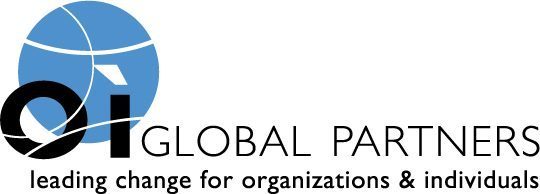For years, I have reviewed employee engagement survey scores and inevitably the results show an interest in improved communications. Do we ever become experts at communication? What would that look like if we did?
 What percent of your job is communication related? While that answer can vary by job, most of us underestimate the true amount. We communicate over the phone, through emails and text messages, in meetings and hallway conversation and most interestingly, in countless nonverbal ways. One study indicates that up to 70% of our communication is nonverbal.
What percent of your job is communication related? While that answer can vary by job, most of us underestimate the true amount. We communicate over the phone, through emails and text messages, in meetings and hallway conversation and most interestingly, in countless nonverbal ways. One study indicates that up to 70% of our communication is nonverbal.
Most professionals that I know tend to live in their “inbox.” We take our inboxes with us wherever we go anymore. Each email represents an opportunity to communicate clearly, accurately and effectively. However, an email doesn’t take into account that the human mind can recognize up to 250,000 different facial expressions, all of which add context and meaning to a communication. Maybe someday there’ll be an app for that!
We don’t have to search very far to see what failed communication looks like. Misunderstandings, broken relationships, missed deadlines and the blame game are all symptoms. Failed communication can come in several forms: intentional or unintentional. I’m sure you have had the experience of being left out of a meeting or off of an important email. We ask ourselves, “did they mean to slight me, or was that just an oversight?” Mind-reading is not taught in our core educational system, so developing effective communication skills are essential.
If communication in your work group is struggling, here are five ways you can make some constructive changes:
- Ensure YUAMUATSU – This means that Your Understanding And My Understanding Are The Same Understanding. So many times we believe we are clear in our communications and in fact, we say the same thing several times in the same way believing that everyone “gets it.” However, if we don’t confirm that the recipient of our message understands the intent and content in the same way we do, miscommunication and misunderstandings may occur. Great communicators take nothing for granted in this realm. They always confirm understanding.
- Seek first to understand – Communication is almost always a two-way process. If the person we are trying to communicate with shuts down based on something we said, the chance of real communication and understanding occurring decreases dramatically. It is essential that we hear what is on their mind and make sure we understand it, first.
- Consider the medium – We take in information in a myriad of ways. I bet you work with people who don’t read emails or don’t read the whole thing. Several of my colleagues prefer a conversation to an email and in fact, we communicate so much more effectively via voice than text. What is the preferred method of the person you are communicating with? Have you ever received that email with ALL CAPS? Did the person forget to turn off the Caps Lock or were they angry?
- Choose words wisely – Recently, someone had an emotional reaction to my use of the word “judgment.” At first I was taken aback, but later I reconsidered. Every word can mean something different to each person. At some point, every parent says to their kids “use your words.” That fine advice still applies in our adult life. So when we use our words, let’s consider that those words can signify something quite different to another person.
- Context is key – My team reminded me a few years ago that I sometimes forget to include “why” we are doing what we are doing when I asked them to work on a project. By communicating context, more meaning is injected into the conversation and accordingly, understanding increases.
Here’s to your next effective communication—may it increase understanding, get work done effectively and enhance relationships.
How is your workplace communicating effectively? Care to share your secrets to success?
If your organization needs help with more effective communication strategies, contact OI Partners today. We can help!
Evan Roth is a Certified Executive Coach, Energy Leadership Index Master Practitioner, and Chief Learning Officer at Nelnet, Inc. He enjoys helping people thrive in the corporate world. You can find him at CoachEvanRoth.com.
Share this post:

Comments are closed